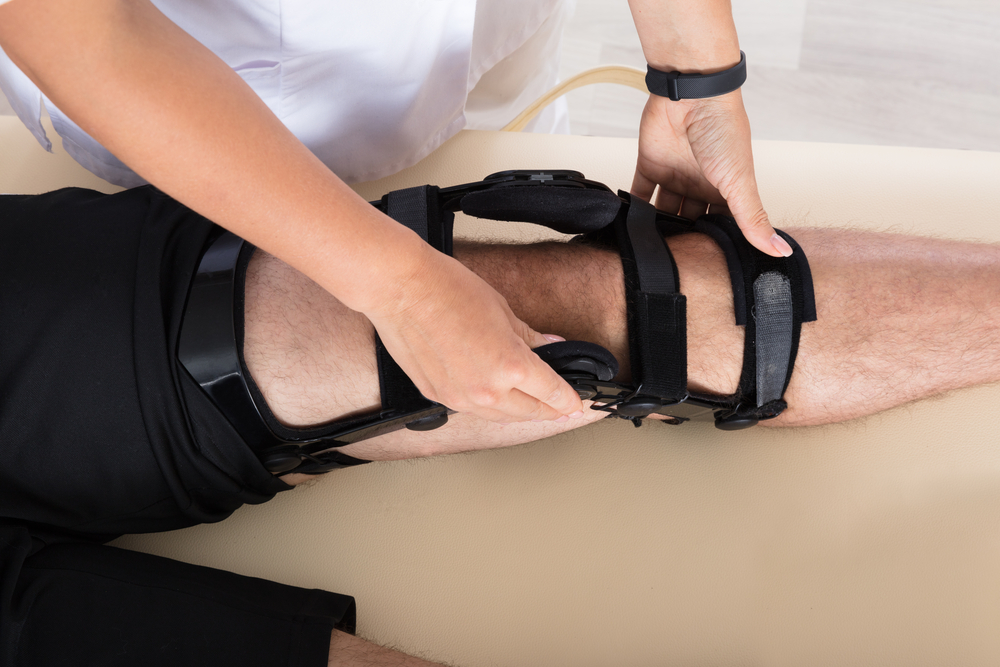The shorter days can only mean one thing: winter is here. While it’s tempting to stay warm and spend less time outside, there’s really no reason you can’t continue to get out into the fresh air and keep exercising throughout the colder months – if you take a few precautions.
Winter exercise carries with it certain risks that you don’t have to worry about in summer, especially when temperatures drop below freezing. But by learning more about the risks and taking steps to avoid them, you can stay active and injury-free.
Some of the risks of exercising in cold weather include:
1. Frostbite
In freezing temperatures, your body can go into a defensive mode to maintain your core temperature. Primarily, blood is drawn away from your extremities, including your hands, feet, ears and nose. Prolonged exposure of those areas to freezing temperatures can cause frostbite. Stay alert to the signs of frostbite, which include numbness, stinging or pain in affected areas.
2. Hypothermia
You will suffer hypothermia if your core temperature drops below 95 degrees Fahrenheit. Hypothermia forces your body to pump blood to your vital organs, including your heart and brain, to protect them against the cold. That blood comes from other parts of your body, including your muscles. The combination leaves you feeling very cold, shivering and uncoordinated
3. Heart Attack
Every year we hear the sad news of someone suffering a heart attack when shoveling snow. But it’s not always about over-exertion. As your body goes through its various responses to defend itself against the cold, your heart rate increases, which increases your blood pressure and your risk of heart attack.
4. Slips & Falls
Running and walking on snow and ice takes caution and precautions. Slips can put your back out of alignment, and twist and sprain joints, particularly your hips, knees and ankles. Falls can cause any number of injuries, from bruised ribs to concussions.
Now that we know some of the risks, let’s look at a few ways to avoid them and stay healthy until springtime.
1. Dress Appropriately for the Weather
You should always wear at least two layers of clothing and a third layer in rain, high winds or extreme cold. The first layer, closest to your skin should get moisture away from your body. If that moisture cools down, it can give you chills and start lowering your body temperature. The second layer should be made of fleece or cotton. Its job is to keep you warm. The third layer should be waterproof and designed to keep wind from penetrating your clothing and getting to your body.
2. Pay Closer Attention to Your Body’s Signals
In summer you might feel a slight twinge and know instinctively whether you should stop, slow down or continue. But in winter, colder temperatures can make your joints and muscles less sensitive to pain. The result is that the slight “twinge” you feel in winter could be a sign of a more advanced issue. Think twice before “powering through” any pain.
3. Stay Close to Home
If you feel you are suffering hyperthermia, frostbite or a heart attack due to the cod, it is helpful to get warm as soon as possible.
4. Exercise Only on Known Surfaces that are Clear of Snow and Ice
While summer jogs can be explorations of new places, winter means sticking to areas where you know every nook and cranny. Also, many paths in parks are not plowed in winter, so you might have to use plowed sidewalks and/or streets instead.
There’s no reason to hibernate all winter. Just make sure you take steps to protect yourself so you can enjoy the outdoors all year round.





